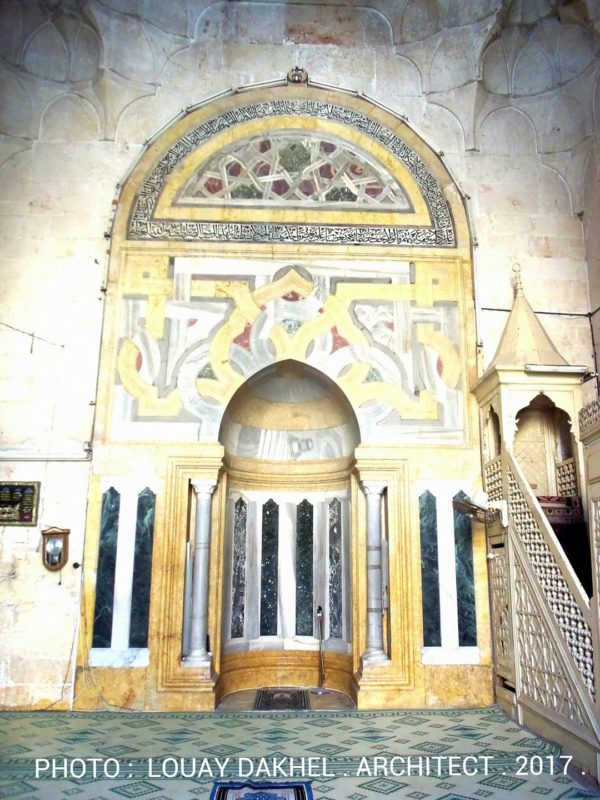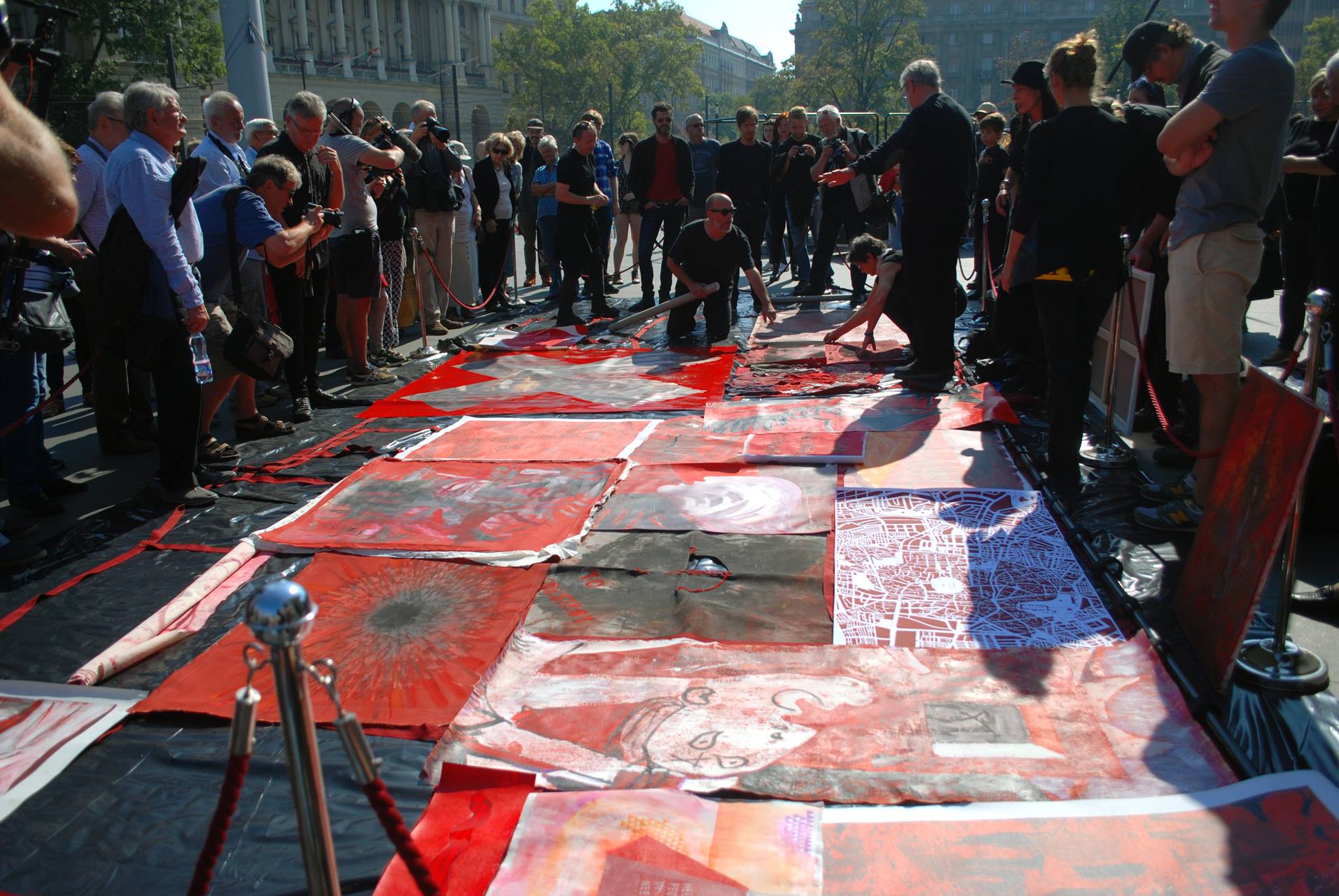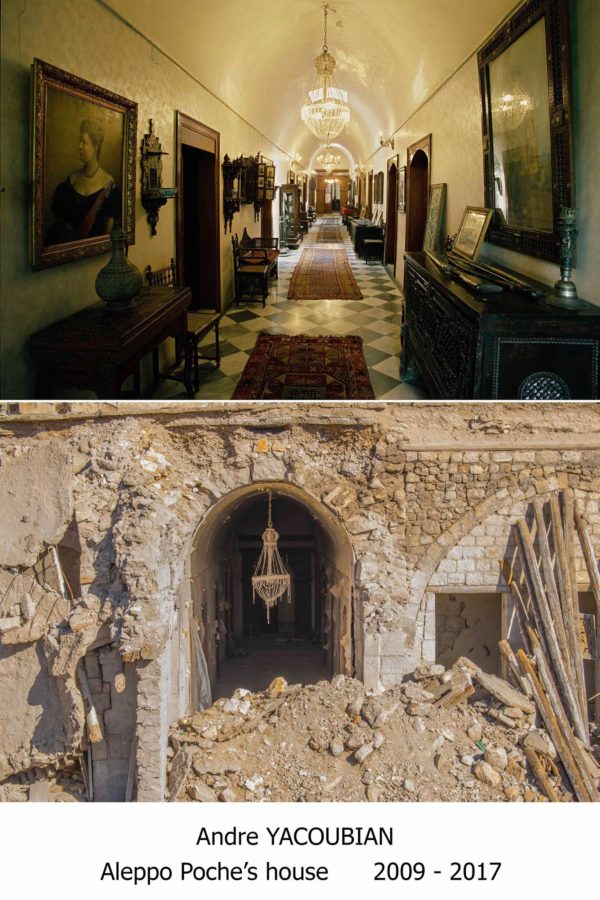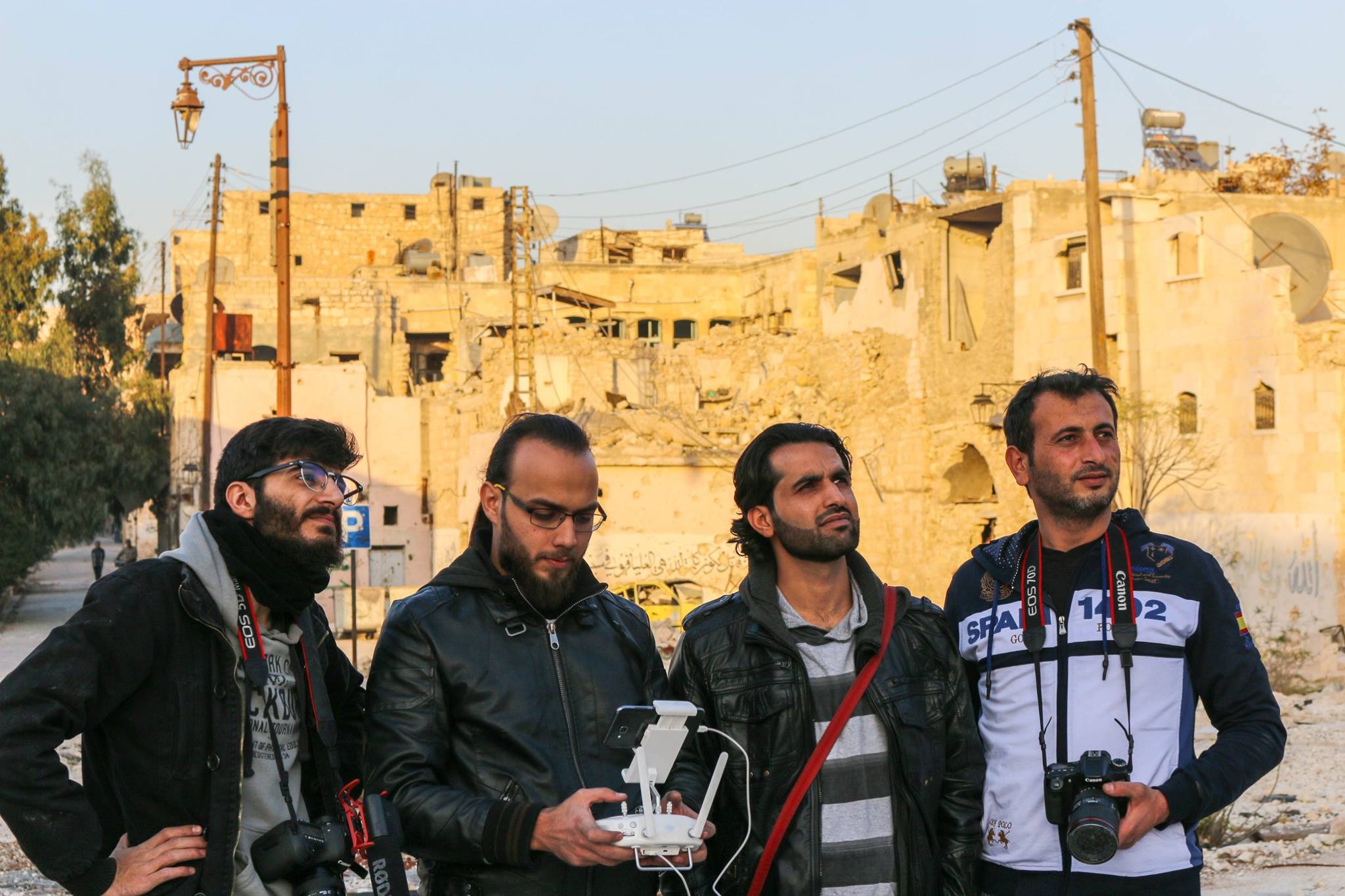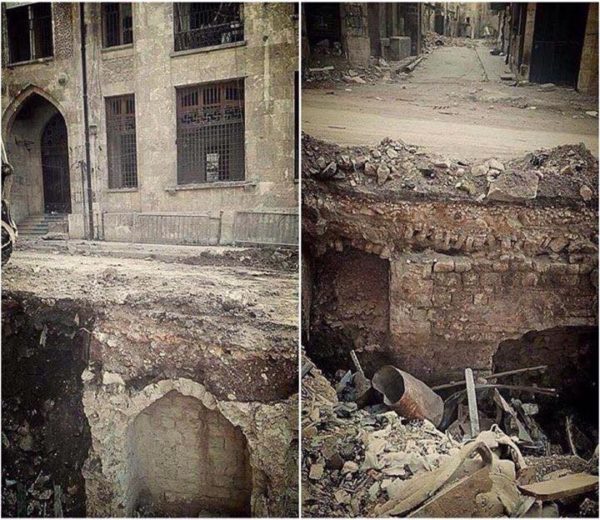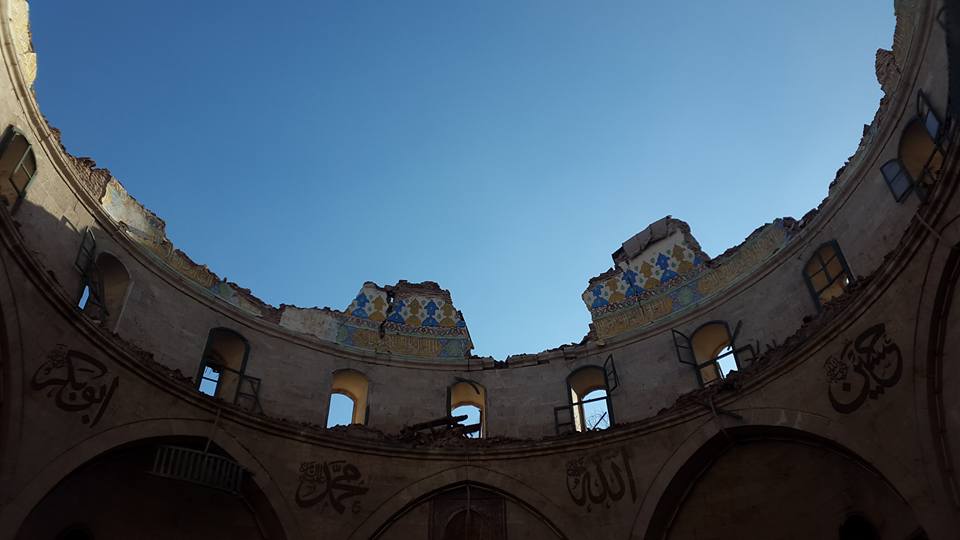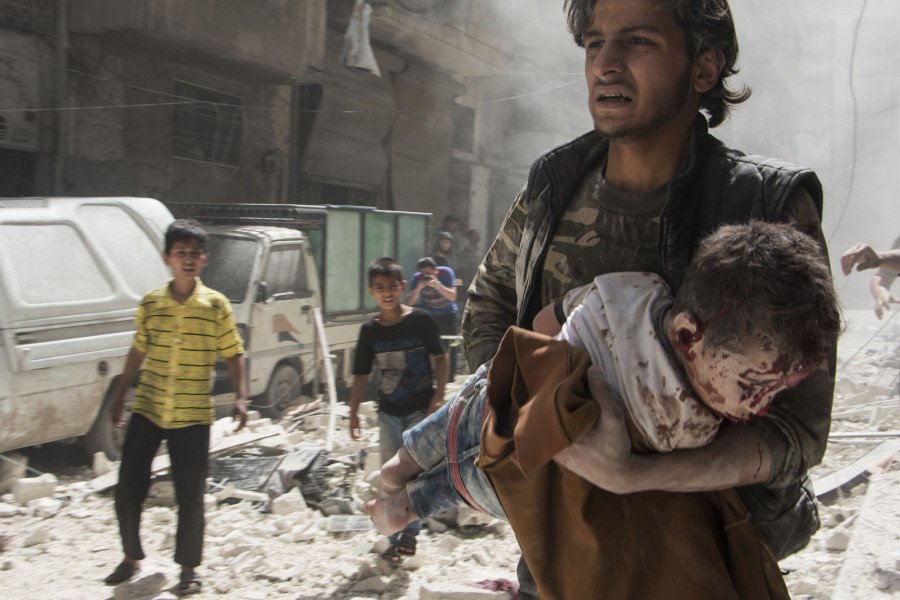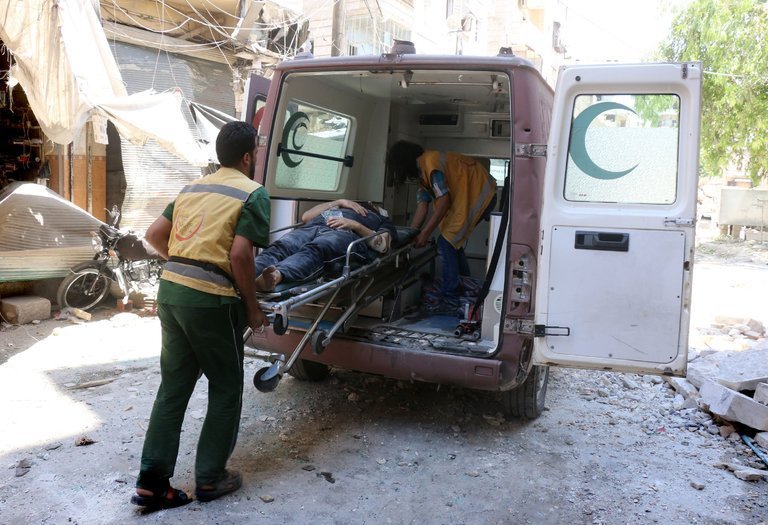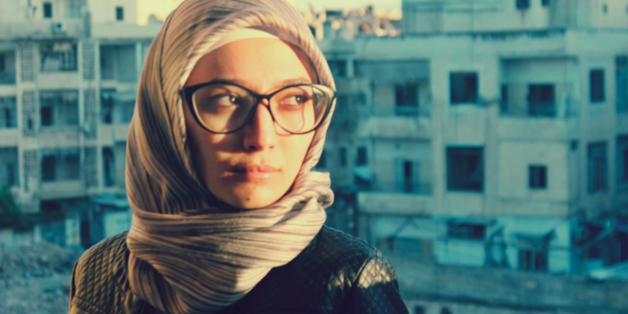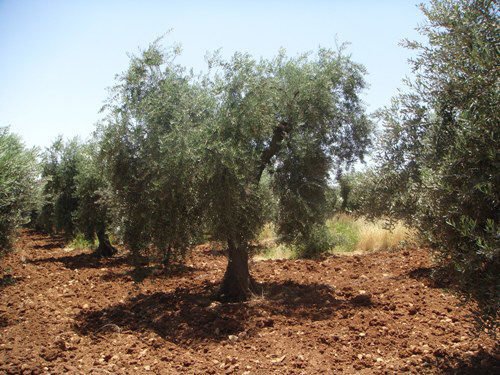Louay Dakhel, an Aleppian architect, revisits several sites in Aleppo providing photos, analysis, and commentary on what he finds. The following is a translation of his text as well as photos posted on Facebook from his visit to Madrasa Al-Fardoos on February 9, 2017.
The seventh round… Madrasa Al-Fardoos
Almost the entire school remains in tact from the days of the war, with the minor exception of the secondary dome near the entrance and the back wall of the iwan, both of which can easily be repaired.
It was built in the time of Queen Deifa Khatoun, wife of the King of Aleppo Zahir Ghazi son of the King Salah Al-Din Al-Ayoubi in the year 633 Hijri. This was an era when Aleppo was the capital of the Ayyubid Kingdom, among one of the most beautiful and famous kingdoms in the world.
read more The Aleppo Project
The Aleppo Project